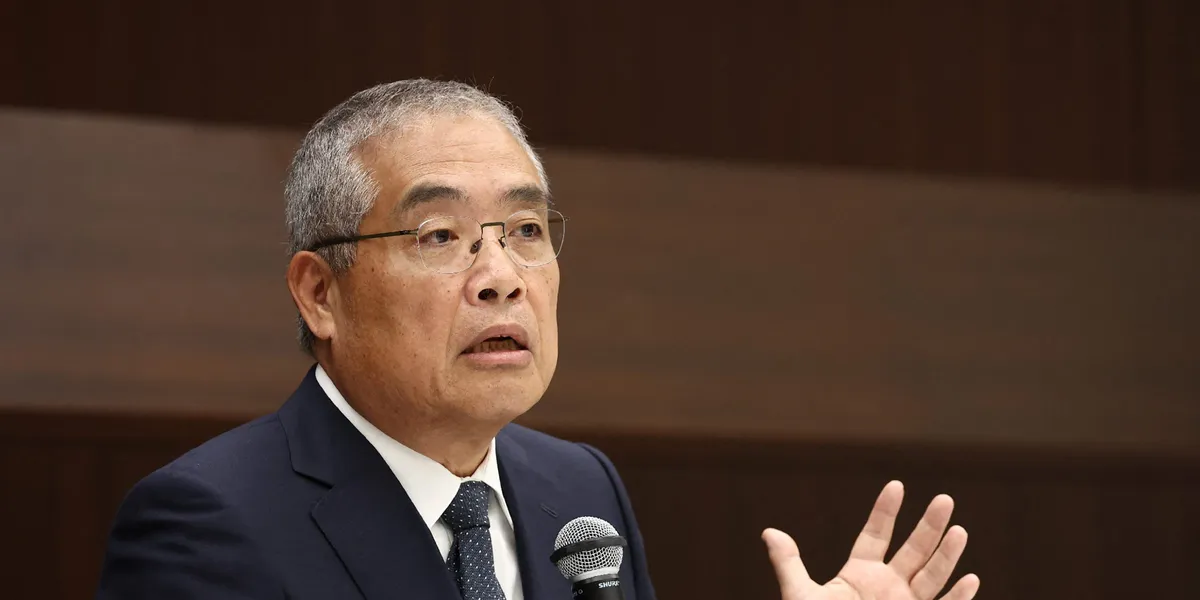
By Bobby Naimool | Trinasolar US
Solar energy’s meteoric rise from niche technology to grid dominance has been fueled by relentless innovation, with the industry’s pioneering research and development (R&D) on 2000V systems promising to accelerate this trajectory. For veterans who recall the seismic shift from 1000V to 1500V architectures, the transition to 2000V feels both familiar and transformative.
At the center of this evolution is Trinasolar’s groundbreaking Vertex N 2000V module, which combines a 620-watt (W) power output with 22.7% efficiency. But beyond the specs, the 2000V module’s biggest prospective benefit is its potential to decrease a project’s levelized cost of energy (LCOE) while simplifying system design architecture and enhancing performance in utility-scale applications.
Lowering LCOE: Doing the Math
Black & Veatch calculated an approximate LCOE for a hypothetical project operating at 1500V system voltage and an approximate LCOE for a hypothetical project operating at 2000V system voltage using 2000V Vertex N modules. The hypothetical projects differed in the maximum system voltage and the inverters and modules employed. The results of the approximate LCOE calculations for the 1500V and the 2000V systems were analyzed based on project assumptions and module specifications provided by Trinasolar.
The LCOE calculations used PVSyst to estimate the energy output of hypothetical projects sized at 125 MWdc and 100 MWac at the point of interconnection. The hypothetical projects were located in Gainesville, Florida, a region with strong solar resources and a growing appetite for renewable energy. The LCOE analysis compared two system designs: one using conventional 1500V modules and 1500V central inverters, and the other using Vertex N 2000V modules and 2000V central inverters with all other parameters held constant.
Key takeaways (estimated):
- 25% fewer inverters (17.5% cost savings, $1.2M total)
- 25% less balance of system (BOS) material (8.2% cost savings, $865K total)
- $0.86/MWh LCOE reduction ($54.66 vs. $53.80)
- $2.3 million construction cost savings
- The differences in the total energy generation vary only slightly. Yet, power loss due to DC voltage drop will likely decrease due to the reduced number of circuits.


2000V System Design: Longer Strings, Fewer Inverters, Optimized Performance
Traditional 1500V systems have already demonstrated the cost advantages of longer strings and reduced total DC system current compared to previous 1000V systems, but Trinasolar’s 2000V platform takes this further with Super Multi BusBar (SMBB) technology.
The Vertex N 2000V module maintains the same cell count as a 1500V module while minimizing resistive losses and accommodating higher voltages by reconfiguring cell interconnections to introduce additional parallel connections between cells. The module’s innovative, high-density, high-voltage design enables systems that deliver more power with less infrastructure.
Inverters represent a major cost driver in utility-scale solar projects, both in terms of initial investment and ongoing maintenance. Because inverters are rated for maximum input current, increasing the voltage to a 2000V system’s lower amperage allows EPCs to right-size hardware at a higher kVA rating and handle more power without exceeding their current limits.
This directly impacts the number of inverters, DC cabling, and the size and number of DC combiners needed to convert DC to AC power for grid integration. The 2000V system fits 37 modules per string compared to only 28 modules in the traditional 1500V system. Subsequently, the longer strings required 25% fewer inverters, resulting in approximately $1.2 million in cost savings. The higher system voltage also meant that the same amount of power could be transmitted with lower current, allowing for a 25% reduction in DC wiring. This resulted in an 8.2% reduction in BOS costs, equivalent to approximately $865,000.
The overall potential construction cost savings for the project were estimated at $2.3 million, primarily driven by reductions in inverter and wiring costs.
The estimated LCOE for the 2000V system was $53.80 per MWh, compared to $54.66 per MWh for the 1500V system, a difference of $0.86 per MWh over the first 10 years of operation. The estimated LCOE values are meant to demonstrate the potential benefits of a 2000V system, compared to a 1500V system only. Actual achievable LCOE for a fully designed and built project will likely vary depending on project location and design specifications.
Lowering the inverter count not only saves on the cost of components but also reduces associated expenses for foundations, enclosures, electrical protection equipment, combiner boxes, and labor hours. This design also reduces system monitoring and maintenance complexity, which may further reduce operational expenditures over the project’s lifetime.
But the construction cost savings don’t tell the whole story. With up to 22.7% module efficiency, developers can achieve a high energy yield from the same footprint, a critical advantage in land-constrained markets. Enhanced shading tolerance from SMBB technology further bolsters yield, while optimized glass structures and high-insulation materials mitigate arc-fault risks. Together, these features shrink payback periods and improve ROI, even in regions with softer incentives.
World’s First UL 61730 Certification for 210R 2000V Module
Trinasolar’s Vertex N 2000V module is the first 2000V 210R type module to receive UL 61730 certification. UL Solutions rigorously evaluated the quality and safety of in a wide range of environmental conditions. The module passed numerous tests with superior stability, including PID-induced degradation, damp heat, thermal cycling, ultraviolet aging, and B & B1 sequence tests. The exceptional test performance confirmed the module’s reliability in high-voltage environments and the ability to meet the extreme demands of 2000V applications, demonstrating Trinasolar’s commitment to innovation.
Moving Toward Standardization and Mainstream Adoption of 2000V Systems
The path to widespread adoption of 2000V systems is clear, though not without obstacles.
Standardization remains a top priority; while UL’s certification of Trinasolar’s 2000V modules sets a precedent, broader code updates are needed to streamline approvals. Industry observers predict that 2000V architectures could become the new standard for utility-scale solar within the next few years, just as 1500V systems did before. As the ecosystem matures and more manufacturers introduce 2000V-rated BOS components, the economic case for 2000V systems will become even more compelling.
The significance of 2000V modules extends far beyond individual project economics. By driving down LCOE, these systems make solar energy even more competitive with conventional power generation sources. Utility-scale solar LCOE in the United States is already among the lowest of any generation technology, and further reductions will accelerate the transition to a low-carbon grid. Meanwhile, lower LCOE also opens up new markets and applications for solar energy, potentially enabling deployment in regions with lower irradiance or higher soft costs. The ability to deliver more power with fewer components makes solar projects more attractive to utilities, investors, and policymakers alike.
About the Author


Bobby Naimool is a pre-sales engineering manager at Trinasolar US. With more than a decade of experience in the renewable energy sector, Bobby brings a blend of perspectives as a plant owner, installer, EPC, and original equipment manufacturer (OEM), which has enabled him to identify routes for LCOE and CAPEX savings from multiple vantage points. Bobby began his career in the industry by working on residential and commercial PV installation projects in the northeastern U.S. region. He then provided consultation and design services to various contractors and EPCs nationwide who sought to enter the renewable energy construction market. Following that, Bobby managed the various complexities involved in interconnection, civil works, modeling, and analyzing utility-scale projects from an OEM standpoint when he worked as an applications engineer for TMEIC and Sungrow.








